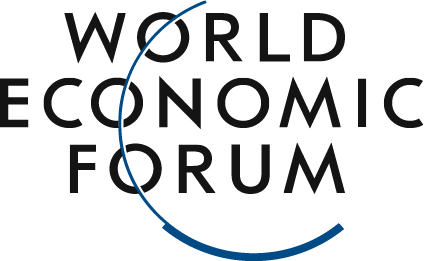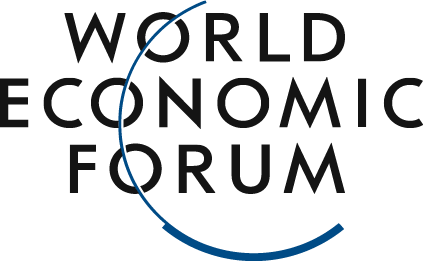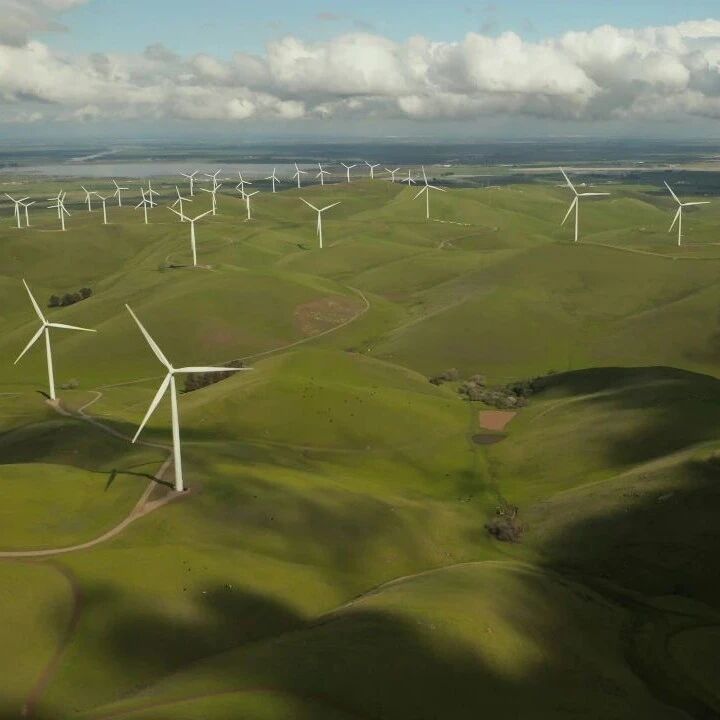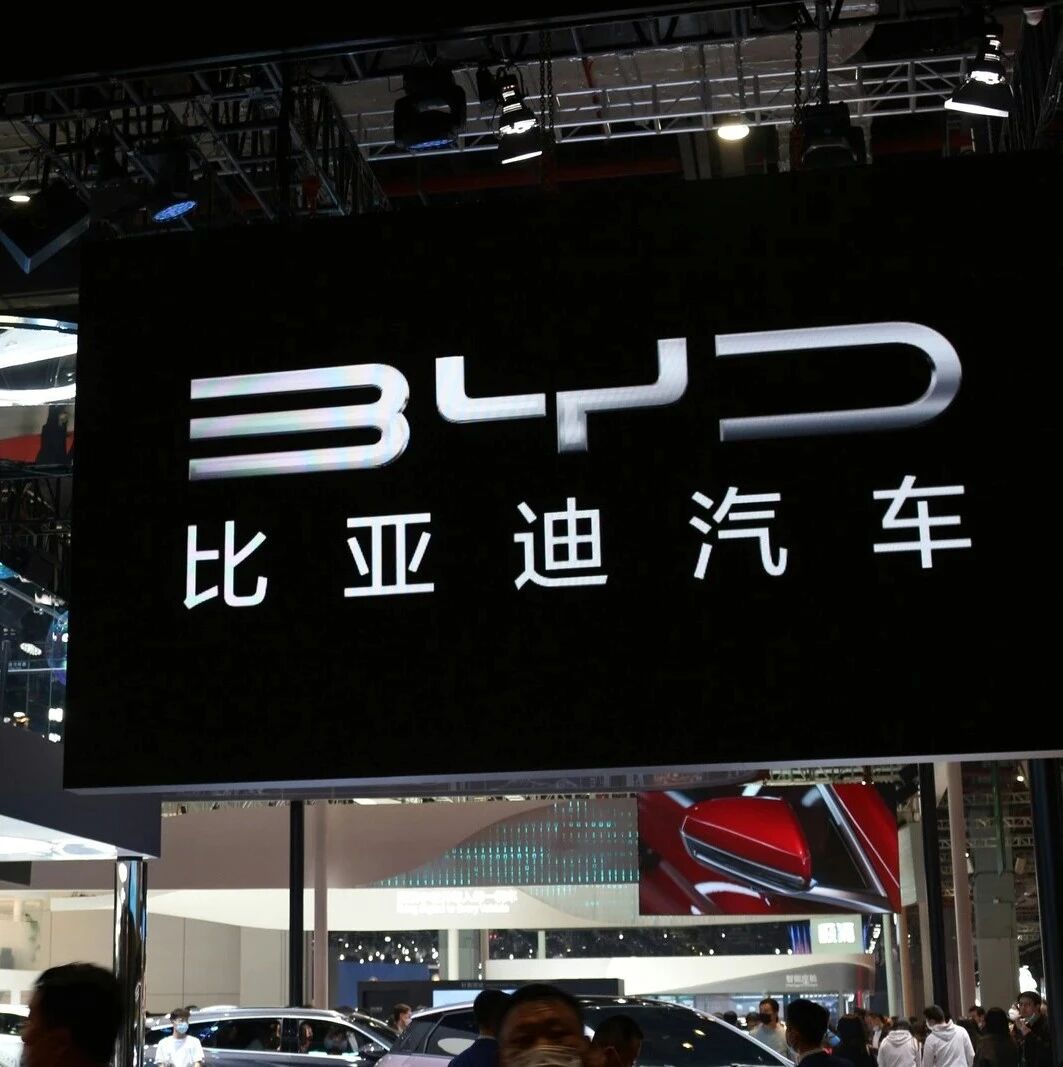Home/News/DeepSeek has made significant progress in enhancing AI energy efficiency, but investing in carbon removal strategies remains urgently needed./
DeepSeek has made significant progress in enhancing AI energy efficiency, but investing in carbon removal strategies remains urgently needed.
2025-03-02
,,
:Getty Images
Leila Toplic
Carbonfuture
2027,4070,36.2%“”,,2030,5,500——,2027,134,38%,83.082023481/ (gCO2/kWh) ,3996:,Historical trends suggest that energy demand may still rise even as AI efficiency improves. The Jevons Paradox first emerged during the Industrial Revolution, illustrating how increased efficiency in coal-fired technologies led to higher overall coal consumption—driven by greater economic productivity and accessibility.If this applies to artificial intelligence, then as the operational costs of this technology decline, its adoption could accelerate—potentially boosting overall energy consumption while simultaneously driving efficiency gains.Artificial Intelligence Infrastructure GapThis is deeply concerning, as the International Energy Agency has reported that transmission bottlenecks, permitting delays, and grid congestion are hindering the rapid deployment of clean energy. In the U.S., new energy projects often face wait times of up to five years for grid connection—a situation that has already pushed back 2,600 gigawatts of clean energy capacity. Meanwhile, in both the U.S. and Europe, data center projects—some of which may require electricity equivalent to that of a small city—are also experiencing grid access delays that can stretch into multiple years.Because energy demand exceeds reliable supply, AI companies cannot rely solely on clean energy (i.e., emissions reduction). Energy shortages mean that emissions are unavoidable, making emissions reduction not just a corporate responsibility but also a fundamental requirement for the sustained growth of artificial intelligence.Unlike emissions reductions that prevent new emissions from being released, carbon removal can eliminate CO2 already present in the atmosphere—as well as residual emissions that cannot be avoided. Without carbon removal, AI companies risk high emissions in the coming decades and could face increasingly stringent scrutiny from regulators, investors, and customers, all of whom are demanding robust, reliable net-zero emission strategies.While there are currently no mandatory compliance requirements, regulations are set to be introduced soon. The EU has officially adopted the world’s first permanent government-certified framework for carbon removal, paving the way for its integration into the region’s well-established emissions trading system.Therefore, in addition to urgent emission-reduction efforts, carbon removal can also help prevent emissions that cannot be mitigated through clean energy solutions and efficiency measures. Deploying all these strategies simultaneously will not only support the growing energy demands of artificial intelligence but also ensure the continued progress of decarbonization.Invest in carbon removal nowTo manage the risks of rising emissions and potential shortages in carbon removal supply, AI companies should now enter into long-term agreements with carbon removal providers. According to a 2023 report by the Boston Consulting Group, annual demand for permanent carbon removal could range from 40 million to 200 million metric tons of CO₂ by 2030. However, the study also notes that projects announced to date currently account for only about 33 million metric tons.This massive supply gap demands significant investment and urgent action. Scaling up durable carbon removal solutions—such as biochar-based carbon capture and direct air capture—will require years of infrastructure development, permitting, and financing. In fact, these projects could take up to a decade before they’re ready for operation. If we fail to invest in the necessary infrastructure right away, the supply of carbon removal technologies simply won’t be sufficient to meet future demand.Microsoft is a member of the World Economic Forum’s Pioneers Community. Currently, Microsoft has become the largest corporate buyer of carbon removal services, accounting for 70% of the total contracted volume as of the end of the third quarter of 2024. In addition to reducing its own emissions, Microsoft has also invested in nature-based carbon removal solutions—such as reforestation—as well as in artificial carbon removal technologies, including scaling up biochar-based carbon removal, direct air capture, and bioenergy with carbon capture and storage. These investments serve a dual purpose: helping Microsoft offset its own emissions while ensuring a robust supply of carbon removal services to meet future demand.Mitigate the climate risks posed by artificial intelligence as soon as possible.Recent reactions from financial markets to DeepSeek highlight a troubling lack of awareness about the long-term energy consumption of artificial intelligence. As the costs of climate inaction continue to rise—leading to ever-greater economic and societal losses—AI’s escalating energy demands call for urgent action now.Improving AI operational efficiency and adopting clean energy will help balance AI's growing energy demands—but these measures alone cannot eliminate all of its emissions. That’s where carbon removal comes in: it shouldn’t be an afterthought for companies, but rather a proactive, essential safeguard to be implemented from the outset. Carbon removal can play a critical role in addressing residual emissions and ensuring that AI continues to scale without undermining global climate progress.The above content solely represents the author's personal views.This article is translated from the World Economic Forum's Agenda blog; the Chinese version is for reference purposes only.Feel free to share this in your WeChat Moments; please leave a comment at the end of the post or on our official account if you’d like to republish.
Editor: Wang Can
The World Economic Forum is an independent and neutral platform dedicated to bringing together diverse perspectives to discuss critical global, regional, and industry-specific issues.
Follow us on Weibo, WeChat Video Channels, Douyin, and Xiaohongshu!
"World Economic Forum"





